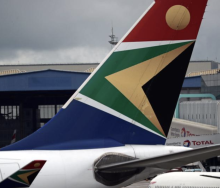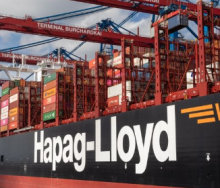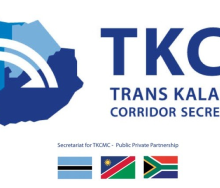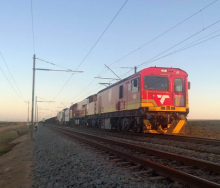The import duty war between the local chicken producers and chicken product importers has now come to an end – with the department of trade and industry having introduced a battalion of increased import tariffs on the side of the local industry.
The chicken importers (and the customers who buy about 235 000 tonnes of their chicken products each year) are now facing these increased duties, which in some cases have reached “ridiculous” levels, according to Dave Wolpert, CEO of the Association of Meat Importers and Exporters (Amie).
This after the March 27 submission of the SA Poultry Association (Sapa) to the International Trade Administration Commission (Itac) appealing for the increased duties had been approved by minister of trade and industry, Dr Rob Davies, and the new duties gazetted on September 30.
The local producers claimed that it was in a distressed financial situation due largely to the rapid increases in imports of low-priced poultry. Davies raised the poultry import tariffs by an average 8.75%, saying the higher duties were necessary to raise local production and save jobs in the industry.
“We never expected to win it,” said Wolpert. “The jobs factor is a very emotional issue. But Amie members are pleased Sapa didn’t get the big increases it wanted.”
This is especially true for chicken carcasses and offal – main sources of protein for poor households, he added. These import tariffs will only be increased slightly - from 27% to 31% in the case of carcasses, and 27%-30% for offal.
“But,” Wolpert said, “although whole birds only constitute a small (about 5 000t) amount of the imports, we’re disturbed about the ridiculously high 82% import duty, the maximum allowed under World Trade Organisation rules, they now attract.”
However the increase in the import duty for bone-in chicken imports is the big bugbear for the Amie members. They constitute about 70% of domestic production in the last 12 months, according to Davies. And, according to Amie, about 160 000t of its chicken product imports. Here, the import tariff has been changed from a specific duty of 220c/kg to an ad valorem duty of 37%.
That translated into an increase from around 17% to 37 %, Wolpert told FTW. “That’s again ridiculous,” he added, “and we’re obviously very concerned about this.”
But happy news for local buyers, although possibly not so happy for the importers is that the levels of brine-injected local chicken maybe reduced, according to Davies.
That, according to Wolpert, has been a big sales edge for importers, because consumers just don’t really want brine-injected products. And, he added, at the moment, the average brine (water, salt and some thickener) injection of local products is 40%, with some as high as 60%.
“That increases the local producers’ margins,” Wolpert told FTW. “They say that it adds succulence to the meat, but it’s effectively selling water as chicken.”
But, said Davies, he expected that the question of brining would be satisfactorily addressed through new regulations to be established by the department of agriculture, forestry and fisheries, and that the domestic industry would reduce brining in anticipation of these new regulations.
Other points he made were that he expected the established poultry industry to make “meaningful undertakings” to support the development of small-scale poultry farmers. And that, providing this import tariff support, the poultry industry would work to encourage fair competition in the domestic market.
Finally, he noted that these measures were designed to support and promote the poultry producers across the entire Southern African Customs Union (Sacu) market “to ensure a sustainable and competitive industry that is able to provide greater food security to the region’s people”.
The department also stated that it would monitor prices and developments in the industry to guard against the increases being used for anti-competitive practices.
Given this fait accompli as far as increased tariffs are concerned, Amie has now withdrawn its counter-attack against Sapa and local frozen chicken producers with the Competition Commission (CC).












